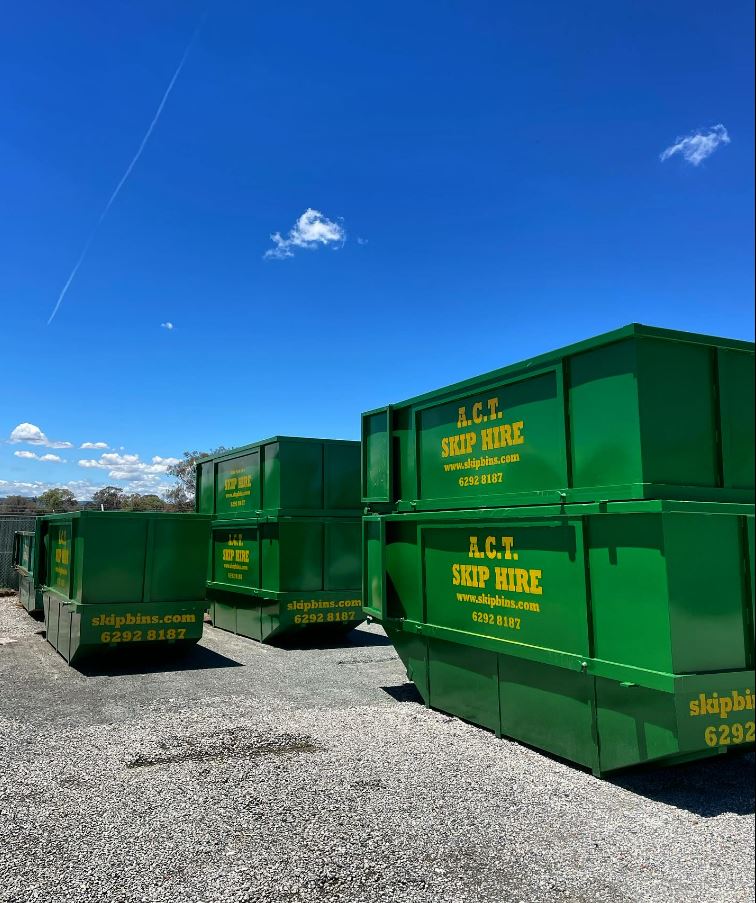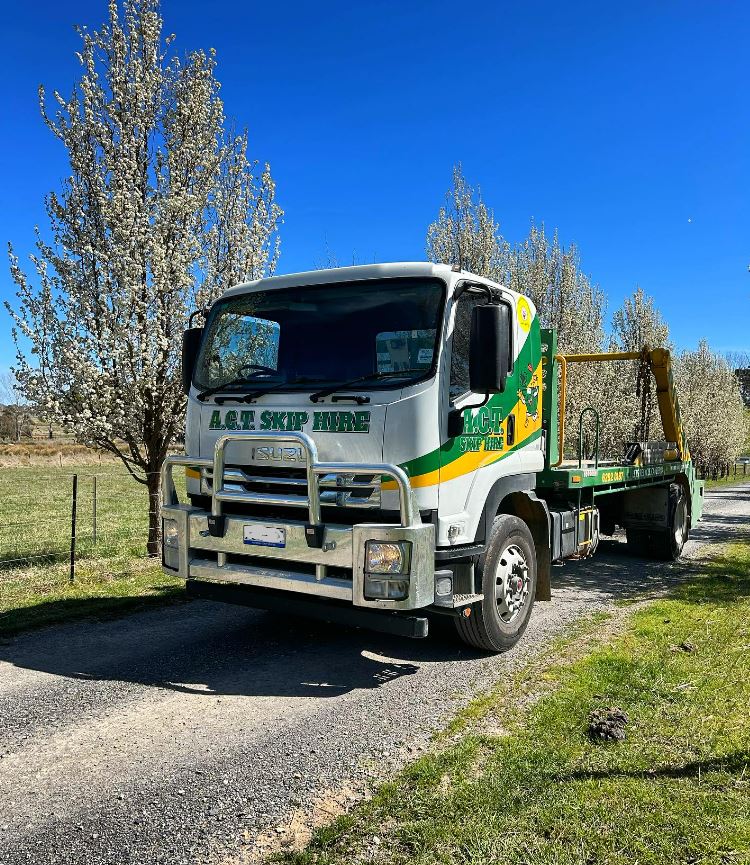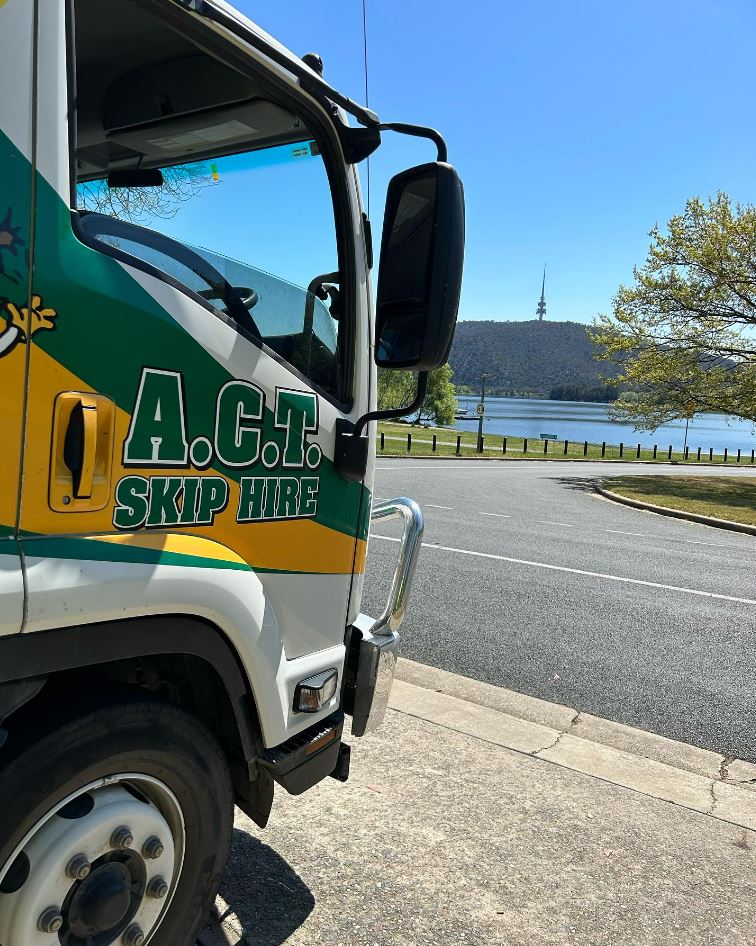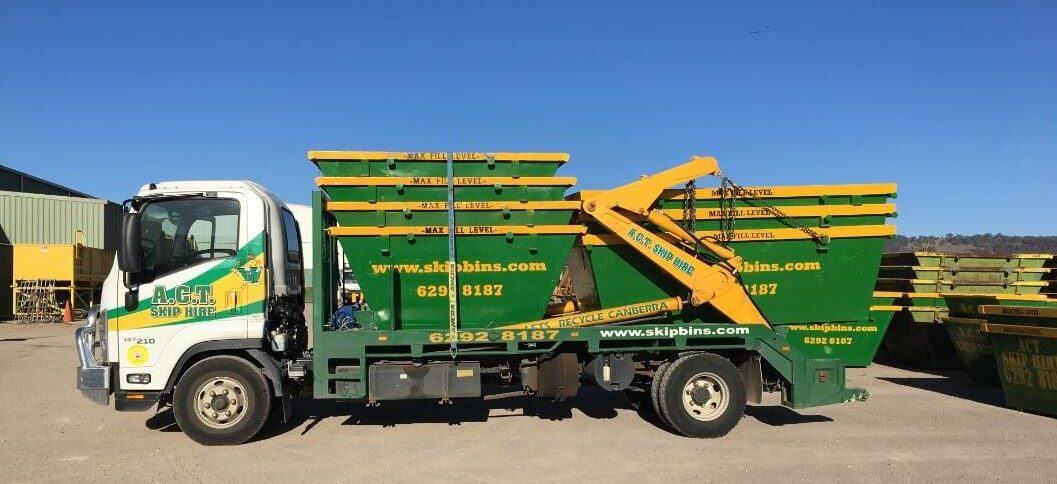How To Load Your Skip Bin Correctly
Loading a skip bin may seem straightforward, but doing it with a level of strategy means you can maximise space in your skip. In this blog, we’ll go over some of the best ways to pack your skip bin efficiently. Whether you’re tackling a home renovation, a garden cleanup, or just getting rid of clutter, these tips will help you maximize your skip bin rental.
Choosing the Right Skip Bin Size
If you want to make the most of hiring a skip in the most efficient and cost-effective way possible, choosing the right size skip bin is always the first step. This ensures you have enough space for everything you want to dispose of without paying more for a larger skip than you need. Before booking your skip bin hire, take the time to assess how much waste you have.
Our skip bins come in various sizes, ranging from 2 cubic metres all the way up to 10 cubic metres. If you’re doing a small spring clean, the smallest skip size will do. For home renovations or garden clean-ups, you’ll need to go bigger. If you’re unsure about the size of bin you need, our team would be happy to help you choose the best skip for your needs.

What Waste Types Can You Dispose of in a Skip Bin?
Knowing what types of waste you can put in your skip bin ahead of time is essential. General waste skips can handle household items, furniture, old clothes, and any other non-hazardous materials. Green waste skips are for garden waste like grass, leaves, branches, and other organic materials that can have a second life as compost. Some items are prohibited in skip bins, like hazardous waste, chemicals, batteries, tyres, and asbestos.
Educating yourself on waste types and waste disposal processes for different skips will ensure you avoid cross-contaminating general waste with green waste or placing anything in the skip that could be harmful. Placing hazardous materials in your skip bin could result in extra waste management fees or
Prep For Your Skip Bin Delivery
Before the skip bin truck arrives, make sure you identify a convenient and accessible spot for the bin to be placed. Make sure the location is flat and can handle the weight of the bin. Consider placing it close to where you’ll be working to minimise the distance you need to carry waste. If you want to place your skip on the nature strip in front of your house, check if you need to apply for a permit from your local council first.
Ensure there’s enough space for the delivery truck to drop off and pick up the bin without any obstructions. Otherwise, our drivers might not be able to place the skip that day. This might put your project behind schedule by a day, and you’ll get an extra charge for redelivery.

Loading Your Skip Bin Like a Pro and Maximise Space
Okay! Now that you know how to book the skip that’s right for you and you’ve had it delivered to the perfect spot, let’s get into how to fill up your skip in a way that’s safe, efficient and cuts down on the amount of wasted space.
1. Start With Flat Objects
To maximise space in your skip bin, start by placing flat objects on the skip bin base. Items like sheets of metal, plywood, or flattened boxes create a solid base and help distribute weight evenly. By laying these items flat, you create a stable foundation for other waste and rubbish at the bottom of the bin, allowing you to stack your skip bin more efficiently. Make sure to spread them out to cover as much of the bottom as possible. This strategy prevents gaps and ensures you use the entire capacity of the skip bin
2. Add in Bulky Items and Heavy Waste
After creating a solid base with flat objects, add bulky and heavy items next. Place large pieces of furniture, appliances, and heavy debris on top of the flat items. Position these items carefully to ensure they fit snugly without leaving gaps. If possible, break down large items, like furniture, into smaller pieces to save space. This method helps compress the waste and makes room for smaller items later.
3. Top Up With Lightest Waste
Once the bulky items are in place, add the smaller waste material on top. This includes materials like plastic, styrofoam, small branches, and other lightweight debris. Spread the light waste evenly to fill any remaining gaps or air pockets to prevent the skip from becoming unbalanced. This method ensures you use the skip bin’s capacity efficiently without leaving voids. You’d be surprised how much space this creates!
Why You Shouldn’t Overfill Your Skip
Hopefully, these tips should make it a lot easier to fill your bin to the correct level. Waste that sticks out above the rim of the bin may fall out during transport, creating a safety hazard. This means they can’t legally be transported. Overfilled skip bins might also result in extra charges or a refusal to collect the skip if you can’t level it on the spot. It’s just like how the garbage truck won’t take your local council bin if the lid can’t close. To avoid these issues, make sure all waste stays within the bin’s edges and doesn’t exceed the fill line. This keeps the process safe and smooth for everyone involved.

ACT Skip Hire – Canberra’s Longest-Running Skip Bin Hire Company
ACT Skip Hire is Canberra’s longest-running skip bin hire company, providing reliable and efficient waste management solutions for over 25 years. We offer a wide range of skip bin sizes to suit any project, from small cleanups to large renovations. Our experienced team is dedicated to helping you choose the right bin and ensuring timely delivery and pickup. Contact us today for expert advice and quality service.

